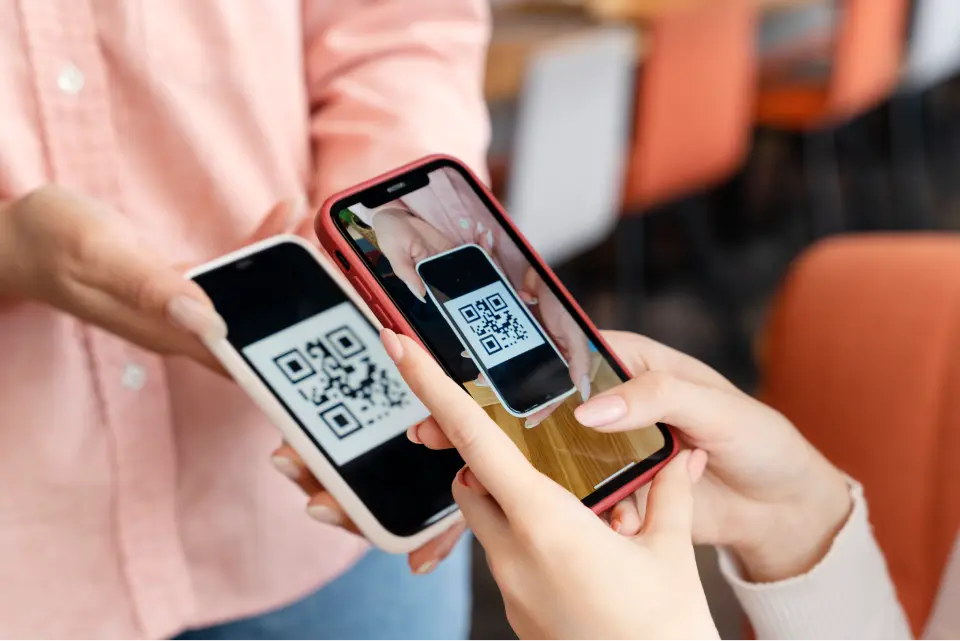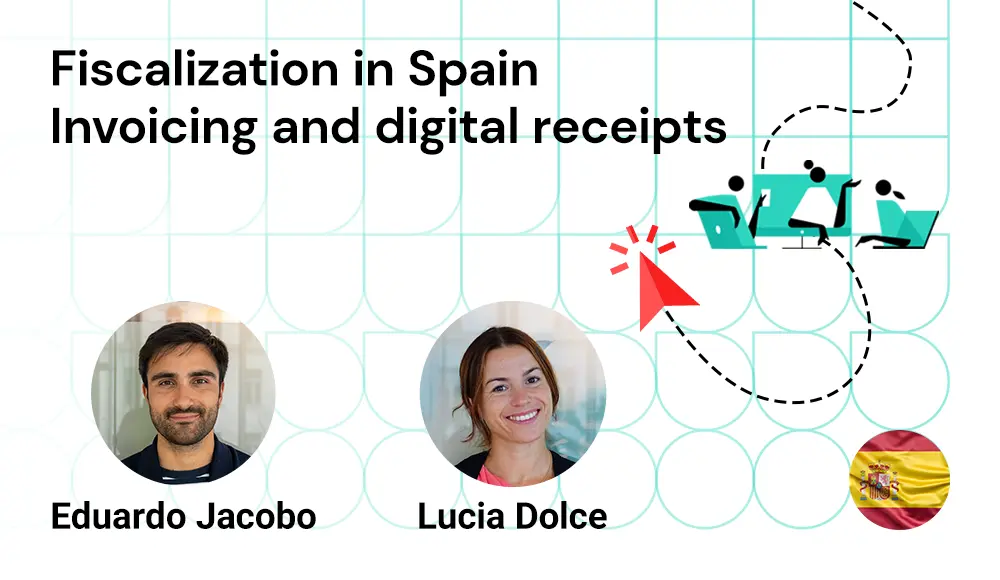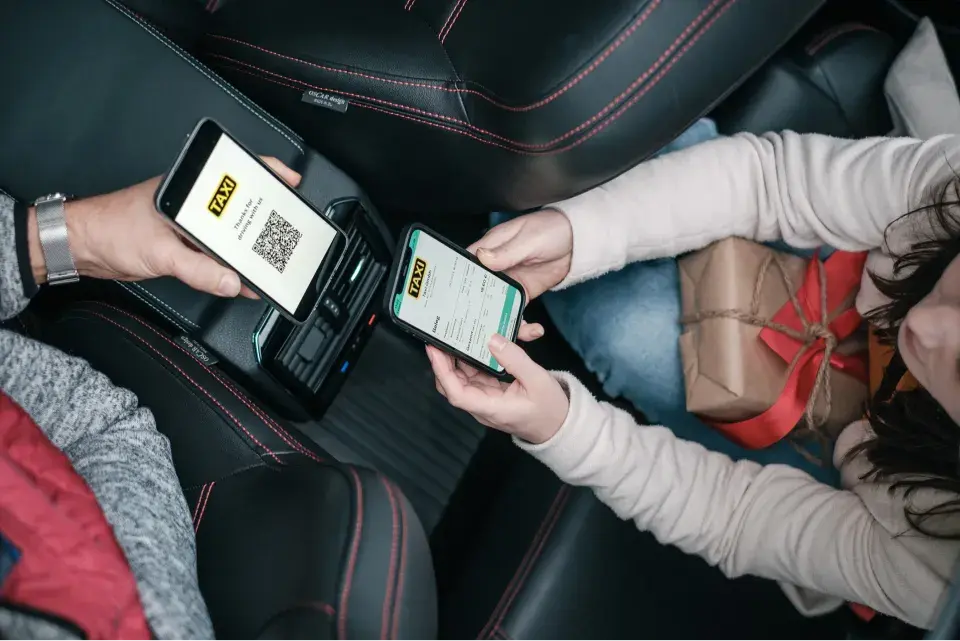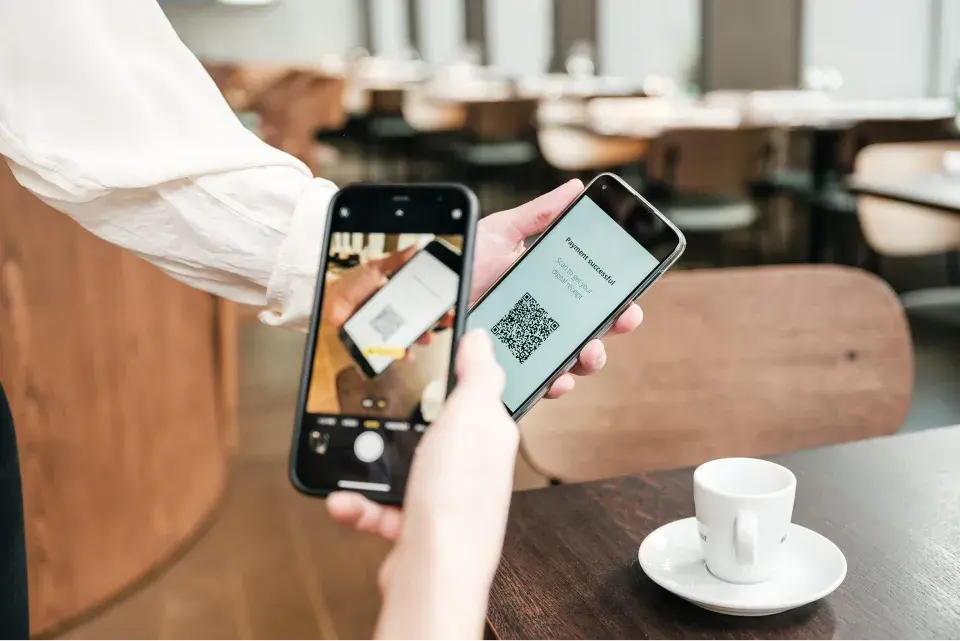FAQs about the digital receipt.
- Receipt
- FAQ
General questions
Our digital receipt product offers a simple and easy way for POS vendors to replace the printed receipt with a digital one, increase customer satisfaction, and add an additional touchpoint for the merchant to the consumer.
An additional advantage: The integration of our receipt API into an existing POS is fast and seamless. One international API covers the requirements of different countries.
Using digital receipts offers a wide range of benefits across industries, besides being a sustainable alternative to paper receipts. The benefits of digital receipts range from an improved customer experience to saving costs and exploring an additional marketing touchpoint directly on the electronic receipt.
The electronic receipt can be handed to the consumer in various ways, depending on the preference of the merchant. The following delivery methods are possible:
- Dynamic QR Code
- Static QR Code
- SMS / Email
- Loyalty card
Yes, in order to fulfill the receipt issuing obligation (Belegerteilungspflicht) in Austria and the receipt obligation (Bonpflicht) in Germany, customers must be given a receipt, which is also possible in digital form.
The dynamic QR code is a simple, intuitive, and anonymous way for consumers to receive digital receipts on their phones. After successful payment, a QR code is shown on a consumer-facing display in the store. The consumer can scan this QR code, which opens a web page containing the digital receipt.
The static QR code provides an alternative for merchants who don’t have a consumer-facing display to nevertheless issue the digital receipt to the consumer. This is how it works:
- A QR code that is unique to the store is generated once in the merchant dashboard.
- This QR code is then printed and placed next to the cash register in the store.
- Anytime during the checkout process, the consumer will scan this QR code. This will open a web page on the consumer’s phone, which generates a time-limited unique code.
- The code is entered by the cashier into the POS system.
- After successful payment, during the creation of the e-receipt, the code will be used to unambiguously match the receipt to the consumer.
- Once the digital receipt is created, the web page on the consumer’s phone will be refreshed, and the digital receipt will be shown.
In order to utilize the static QR Code for electronic receipt delivery, the following requirements should be met:
- Configuration of a static QR Code for the organization via our API or the merchant dashboard
- Functionality to input the code generated by the consumer into the POS system (for example by scanning the QR Code or barcode during the checkout process)
- Adding the received code during digital receipt creation in the field user_association.pending_receipt_id
- Once the receipt is created, the webpage on the consumer’s phone will automatically refresh and show the digital receipt.
You can find a detailed guide to creating static links in our developer resources.
In order to store digital receipts on their devices, consumers can
- Download the receipt as PDF
- Forward the receipt by e-mail
- Add the digital receipt to Google Wallet™
Yes. In order to smoothen the process at the checkout, we recommend to create digital receipts as the new default, and only print a receipt afterwards, if explicitly requested by the consumer.
If a consumer is using and showing a loyalty card at the checkout, we recommend to include the card-type and card-ID in the request for creating the digital receipt. This will facilitate and improve the customer experience at the checkout, as it allows fiskaly to match and deliver the receipt to the consumer if the card was registered before.
Matching the receipt to a consumer requires some form of user identification and previously given consent. On cash payments, the receipt can still be matched to loyalty cards if available.
The digital receipt by fiskaly can easily be added to Google Wallet™ by clicking the “Add to Google Wallet™” button found at the bottom of the receipt.
Yes, the fiskaly digital receipt can be integrated in the EV charging payment process and ensure a seamless customer experience.
Benefits of the digital receipt for EV charging providers:
- Offering electronic receipts comes with significant savings in hardware costs and manual maintenance efforts of printers at individual charging stations.
- The customization of digital receipts offers many opportunities to include branding, discount offers, and other messages directly on the receipt, making it an efficient customer touchpoint.
- By providing e-receipts, you ensure compliance with regulatory requirements. With the integration of one single e-receipt API, you can cover all countries that accept digital receipts.
- The retrieval of the digital receipt through scanning a QR code does not require the disclosure of any personal data from customers, making them more likely to use it.
Yes, payment service providers can use the fiskaly digital receipt to enable the issuing of e-receipts from payment terminals. Upon card processing and authorization of the transaction, the terminal generates a digital receipt instead of a printed one.
The merchant dashboard is an intuitive user interface where merchants can easily customize their receipts to utilize them effectively for their business needs. Features include adding logos, images and custom text to the e-receipt, insights into receipt performance, and more.
To use the fiskaly merchant dashboard as a retailer/merchant, your POS provider must be connected to fiskaly’s service.
API
Yes, you can already test our openly available API for the digital receipt. In order to enable LIVE access, please contact our sales team at sales@fiskaly.com.
The receipt data is sent to fiskaly in a structured JSON format. Detailed information regarding the fiskaly eReceipt API can be found in our developer resources.
Countries & requirements
The digital receipt can be implemented and issued in all European countries, where legislation allows for the replacement of the printed receipt with a digital one. These include, among others, Germany, Austria, France, and Spain.
The data is stored in a GDPR-compliant way in the EU.




